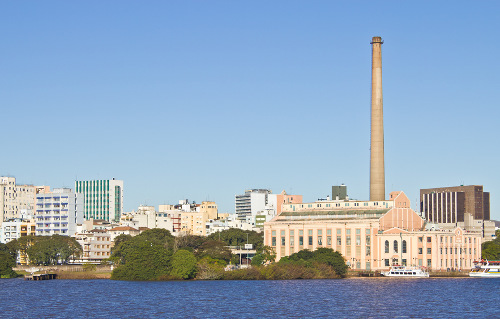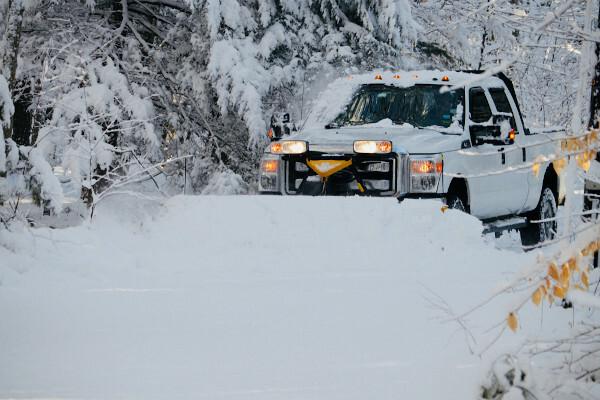Youmeans of productionare the instruments, tools and utensils used in the production process. Therefore, they are not part of the manufactured products, remaining in the company that produced them for a certain period of time. They are extremely necessary and important for the industrialization and manufacture of goods, as without them there would be no way for workers to carry out production.
An example of a means of production is the sewing machines used in clothing manufacture. They transform fabrics into goods, but are not incorporated into what was manufactured, remaining in the place where the production was carried out.
Over time, the means of production were transformed, changing their characteristics. For example: in the 18th century, during the I Industrial Revolution, the steam engine was discovered, which was responsible for boosting transport and industrial tools.
Since then a lot has changed in the means of production, which are increasingly sophisticated thanks to the changes caused by the Technical-Scientific Revolution, which led to the emergence of computers and automated machines in the process productive. In some sectors, the means of production have acquired the capacity to replace man, as in the case of agriculture, in which a harvester with only one worker conducting it performs the work equivalent to dozens of workers.
In the capitalist system, the means of production are owned by a social class called bourgeoisie. The thesis defended, for example, by the socialists is that the means of production and the factories (or the land, in the case of agriculture) should belong only to the workers.

The means of production can also be seen in the agrarian environment
There are industries that are responsible for producing the means of production. They are responsible for producing the materials that will be used in other factories. These companies are calledcapital goods industries.
By Rodolfo Alves Pena
Graduated in Geography



